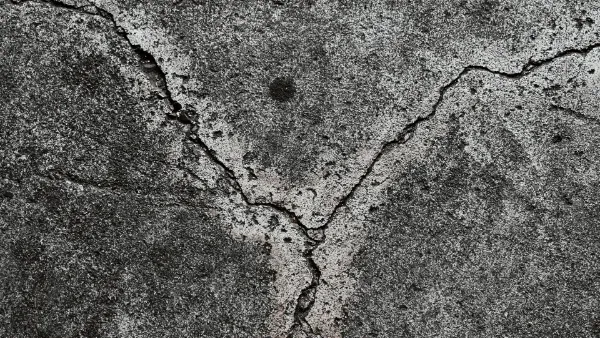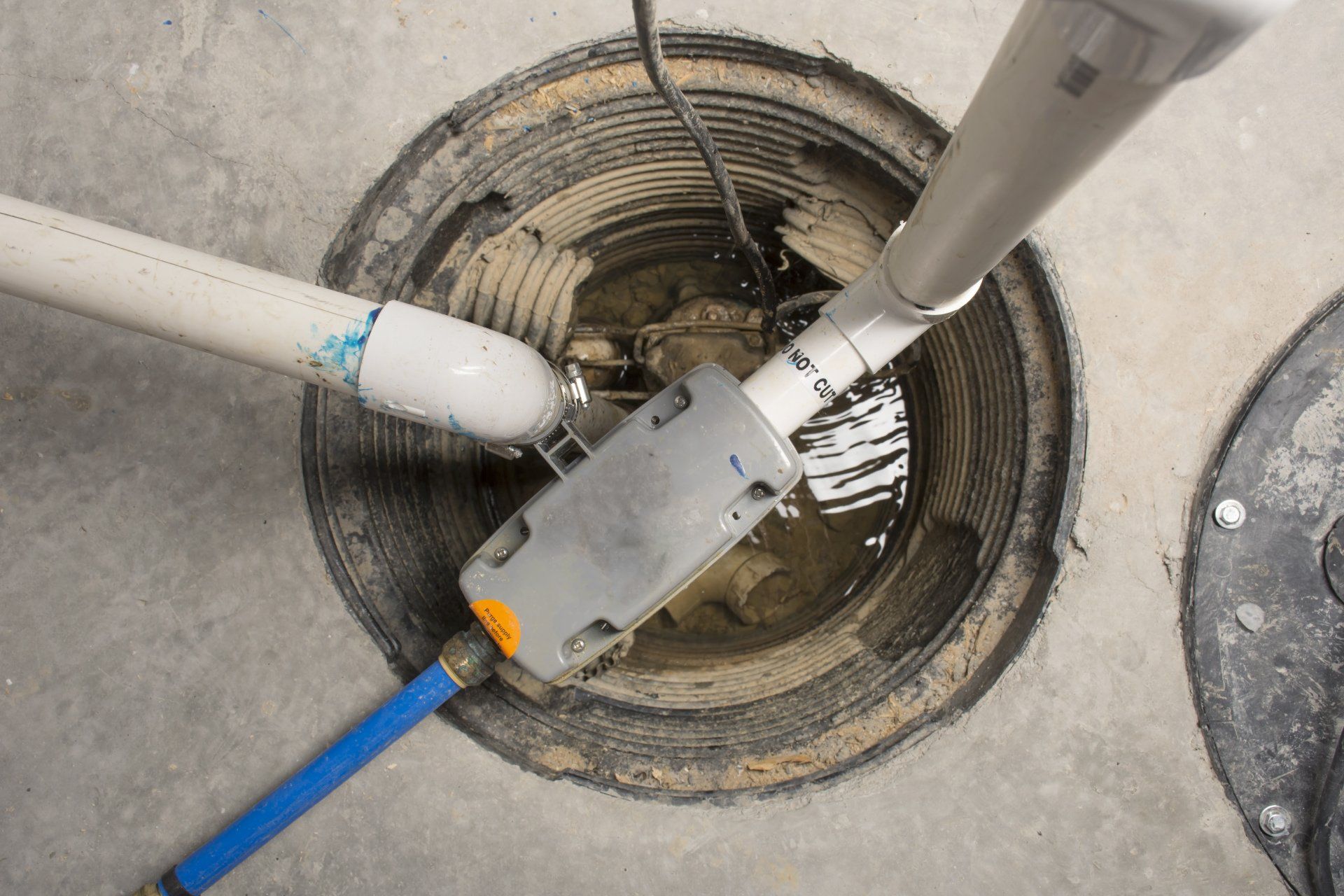When can you fill foundation cracks
Cracks in a basement foundation or crawl space wall are common anywhere, and when extreme weather fluctuates.

The freeze/thaw cycle in winter allows for water to get into the cracks, freezing, then expanding, increasing the damage to your foundation, and making the cracks worse. Then the summer droughts can crumble and crackle to worsen.
Filling foundation cracks should be determined using the following factors: width and thickness of the crack and the surrounding area, foundation movement, and structural damage. If the crack is wider than 1/8-inch, it should be sealed. Cracks between 1/8 and ¼ of an inch often result from house settling or concrete shrinking within a few months after construction, and so may pose no structural problem.
There are two solutions for filling cracks:
EPOXY: Epoxy injection should be used for cracks that need to be structurally repaired and serves more as a barrier that bonds and holds. Epoxies can add a great amount of strength to a foundation as they are known for their static condition. The epoxy injection process begins by cleaning the crack and the surrounding area of all debris. Injection ports are then inserted along the length of the crack. The epoxy is then injected through the ports until the crack is completely sealed.
POLYURETHANE RESIN: Polyurethane resins are known for their flexibility. Depending on the size and mobility of the crack, the poly resin will move with the wall during expansion and contraction of the surrounding soils. This specially formulated polyurethane can even be injected into actively leaking cracks, stopping water within minutes. The advantages include:
- Flexibility
- Sealing qualities of foundation walls
- Eliminating air leaks
- Repairing made from the interior
- Stopping active leaks
- Reducing humidity and water vapor permeation
Address
PierMagic Foundation Specialists
932 Locust Hill Circle
Belton, MO 64012
Serving: Grandview, Lee's Summit, Blue Springs, Leawood, Overland Park, Olathe, Raymore, Belton, Independence, Oak Grove, Liberty, Parkville, Butler, Columbia, Harrisonville, Peculiar, Pleasant Hill, and the greater Kansas City area
All Rights Reserved | PierMagic Foundation Specialists




